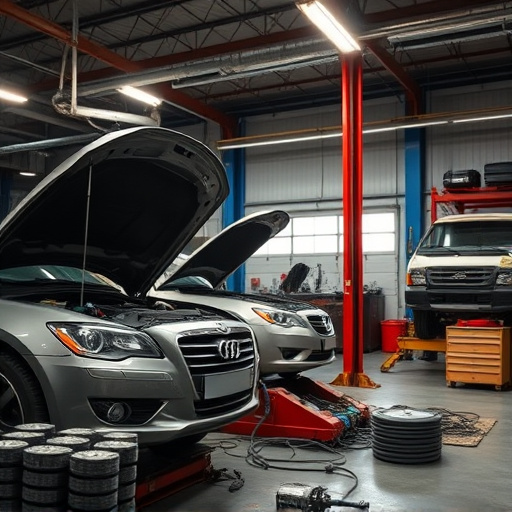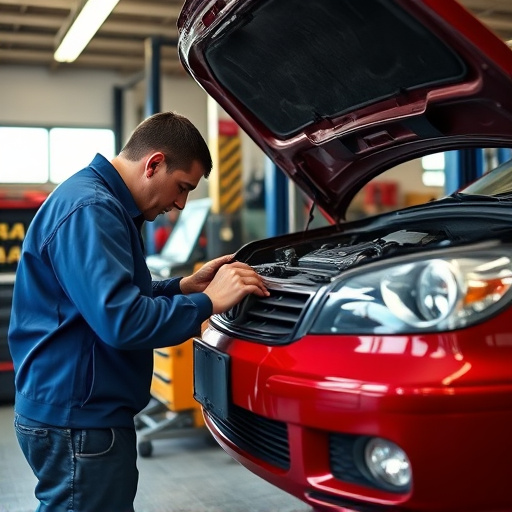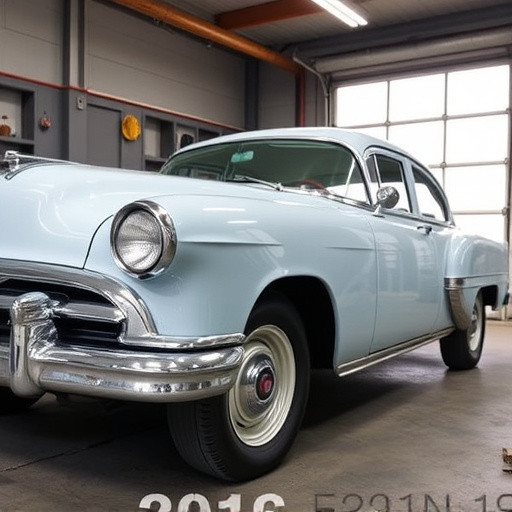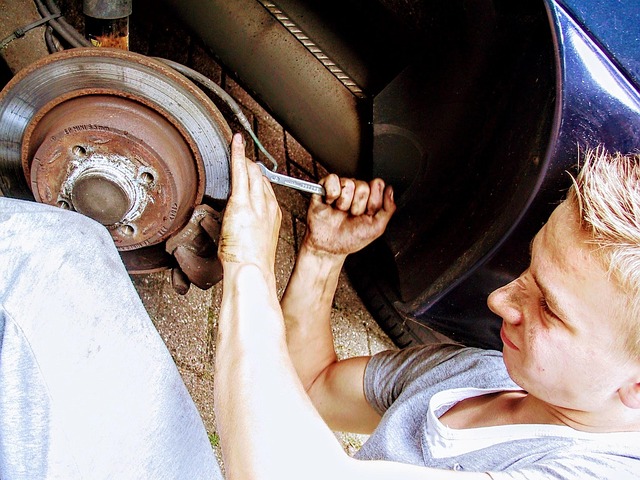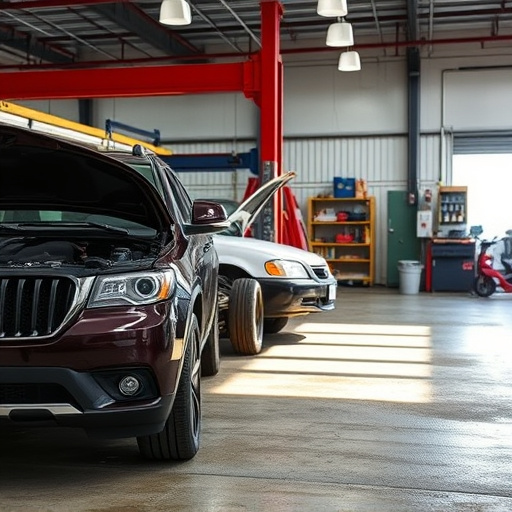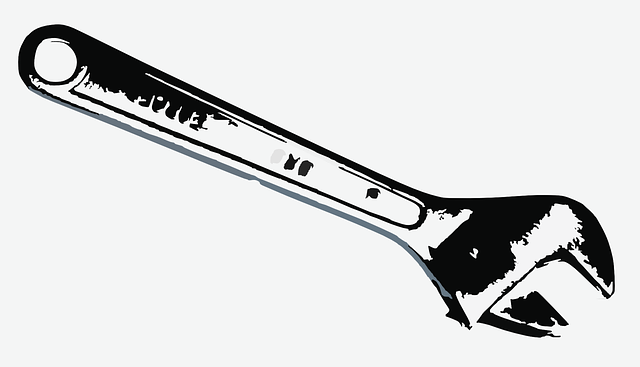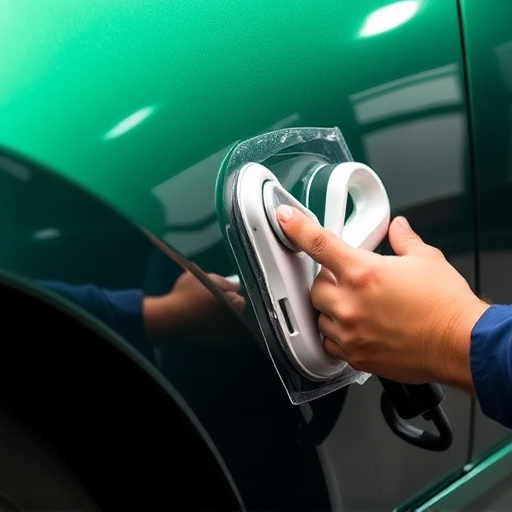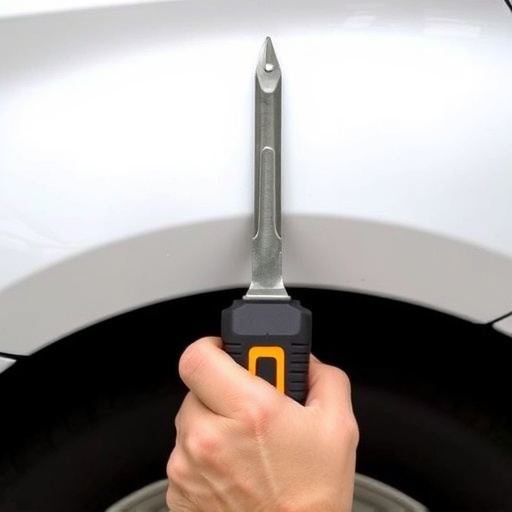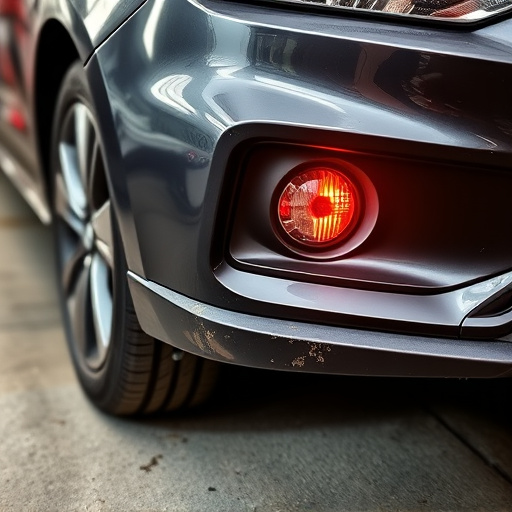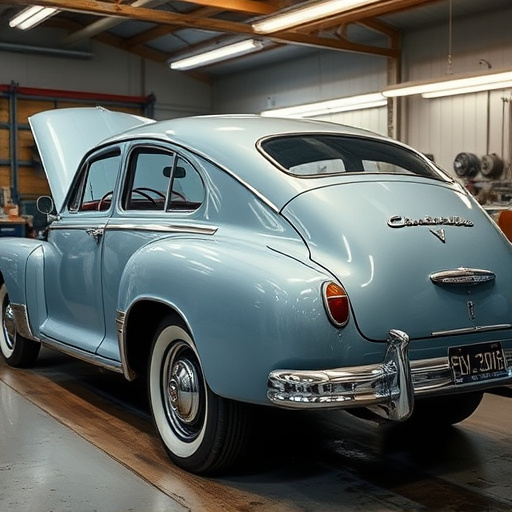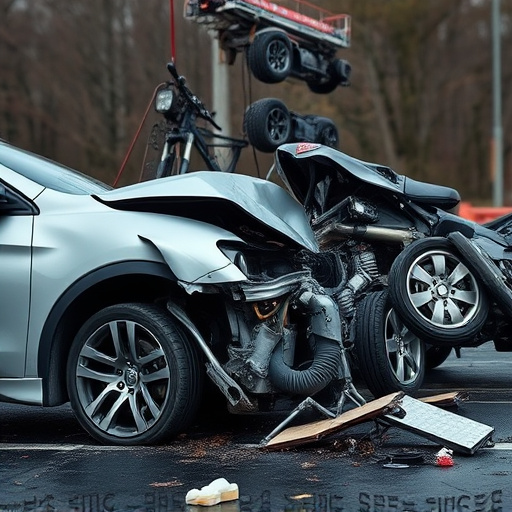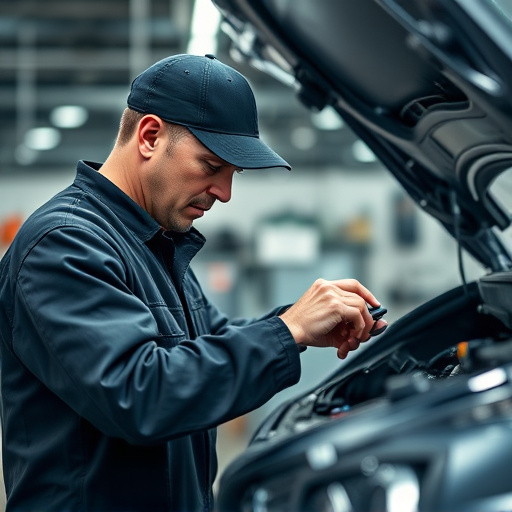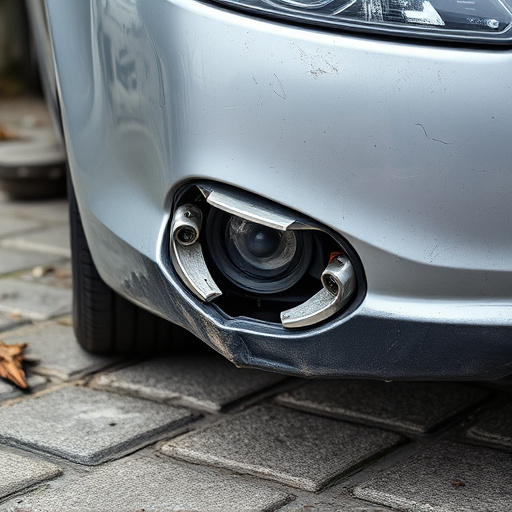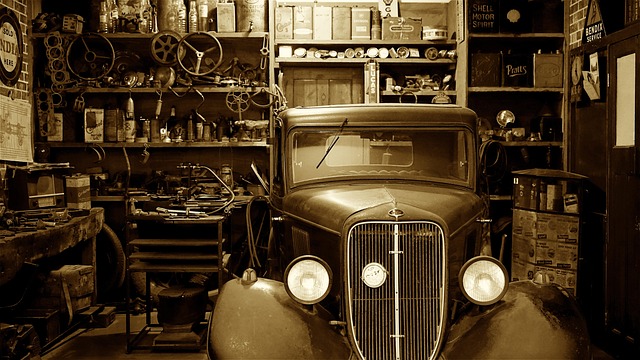Plastic bumper cover repair relies on heat application to weld and reshape durable plastics, preserving structural integrity and aesthetic consistency. Professionals use infrared heaters or hot air guns to preheat damaged areas, controlling temperature, pressure, and timing for precise bonds. This meticulous process ensures high-quality repairs that match original quality, vital for maintaining vehicles' visual integrity in bustling urban environments.
The science behind heat and weld techniques is pivotal in achieving successful plastic bumper cover repairs, enhancing vehicle longevity. This article delves into the intricacies of these processes, offering a comprehensive guide for professionals. We explore how precise heat application facilitates plastic welding, ensuring robust fusion. From fundamental principles to advanced methods like deep-dye welding, each section uncovers optimal techniques. Learn about pressure optimization and its role in efficient fusion, making every repair a testament to precision engineering in the realm of plastic bumper cover restoration.
- Understanding Heat Application in Plastic Repair
- Welding Techniques for Bumper Covers: A Deep Dive
- Optimizing Heat and Pressure for Efficient Fusion
Understanding Heat Application in Plastic Repair
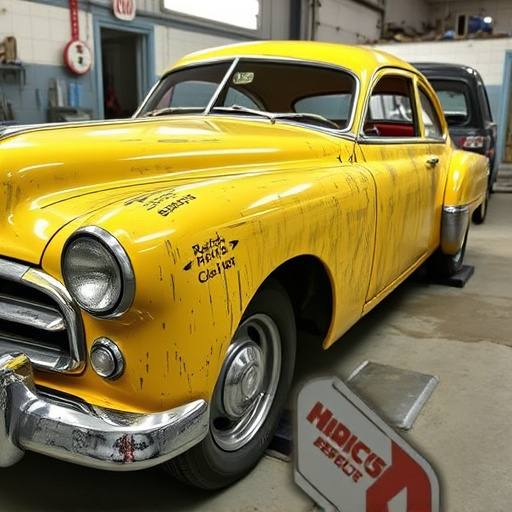
In the realm of automotive repairs, particularly focusing on plastic bumper cover repair, understanding heat application is key. Heat is a fundamental tool in weld techniques, enabling the reshaping and fusion of plastic components. By carefully controlling the temperature, pressure, and timing, professionals can achieve precise bonds that mimic the original vehicle bodywork. This meticulous process ensures structural integrity and aesthetic consistency, making it essential for high-quality car scratch repair, especially on intricate designs like Mercedes Benz repairs.
The science behind heat application involves a deep knowledge of material properties and environmental factors. For instance, different plastics have varying melting points and heat conductivities, requiring specific heating methods. In plastic bumper cover repair, infrared heaters or hot air guns might be used to preheat the damaged area, creating a suitable condition for weld techniques. This precision approach not only enhances the strength of repairs but also preserves the overall look and feel of the vehicle’s bodywork.
Welding Techniques for Bumper Covers: A Deep Dive
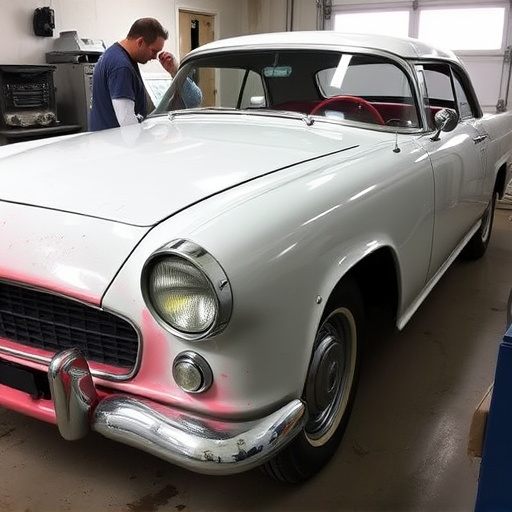
In the realm of auto body repairs, plastic bumper cover restoration is a delicate yet essential process that demands precision and an understanding of heat dynamics. Bumper covers, often the first line of defense against collisions and road debris, are typically made from durable yet malleable plastics. When damaged, these covers require specialized welding techniques to ensure a seamless repair that matches the original manufacturing quality.
The science behind this process involves controlled application of heat to soften and reshape the plastic. Unlike metal, plastic bumper covers respond differently to heat, necessitating specific tools and methods. Autibody repairs for these components often involve the use of hot air guns or specialized heating elements to reach the required temperature without damaging surrounding areas. Once heated, the repair technician can carefully mold and fuse the plastic back into its original form, effectively mending dents, cracks, or even complete breaks. This technique is particularly crucial in preserving the aesthetic integrity of vehicles, ensuring that repairs are both functional and virtually invisible to the untrained eye, much like a successful auto glass repair or vehicle dent repair.
Optimizing Heat and Pressure for Efficient Fusion
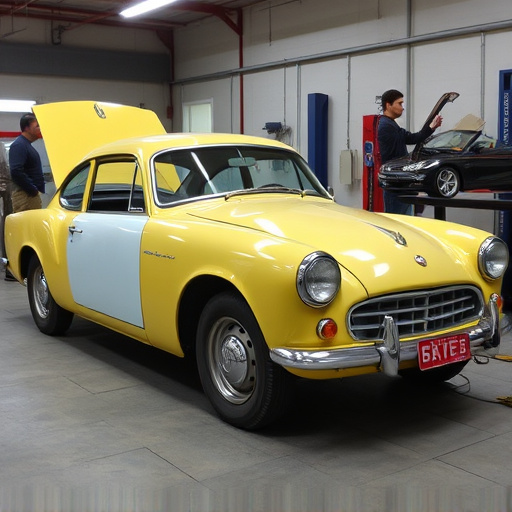
In the realm of plastic bumper cover repair, optimizing heat and pressure is paramount to achieving efficient fusion. Heat is a critical factor, as it softens the plastic, allowing for better plasticity and bonding. Applying the right amount of heat ensures the material isn’t over-strained or damaged during the repair process. Pressure, on the other hand, facilitates contact between the repaired areas, enhancing the fusion strength. This meticulous balance ensures that the plastic bumper cover not only looks like new but also retains its structural integrity, a crucial aspect in car collision repair.
For optimal results in auto glass replacement or any collision repair services, professionals use specialized tools to precisely control both heat and pressure. This includes heated tools for softening the plastic and hydraulic presses for applying consistent pressure. Such techniques are not only effective but also efficient, minimizing the time required for repairs while maintaining high-quality standards. This ensures that your vehicle, whether it’s a bustling city car or a suburban family sedan, is restored to its original condition in a collision repair shop, ready to hit the road again with confidence.
The science of heat and weld techniques is a game-changer in the realm of plastic bumper cover repair. By understanding the optimal application of heat, as discussed in this article, professionals can achieve efficient fusion, ensuring durable repairs that match the quality of the original. Welding techniques, particularly for bumper covers, require precise navigation through temperature and pressure settings to create indelible bonds. With these insights, folks in the repair industry can enhance their skills, foster superior craftsmanship, and revolutionize plastic bumper cover repair processes.
